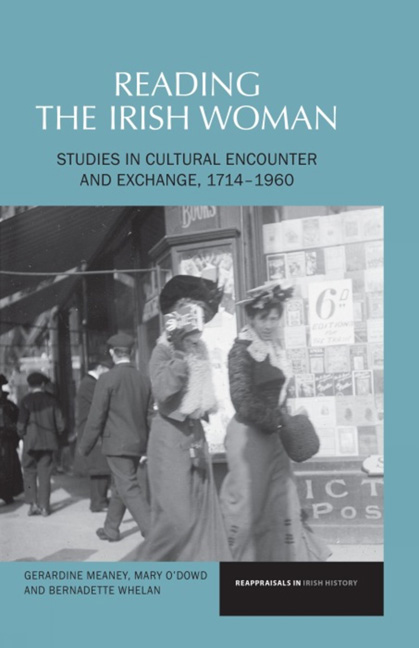4 - Women and the ‘American Way’, 1900–60
from Emigration
Summary
Introduction
This chapter demonstrates that Ireland's encounter with America was neither one-way nor static. Emigration illustrated the outward and inward nature of the contact. Another dimension to the twentiethcentury American–Irish connection is the engagement that occurred through various cultural influences arising from reading, consuming, cinema-going and dancing. Each of the latter activities was complex and the encounter was negotiated and mediated by internal constraints relating to income, location and interest, and external constraints relating to societal and religious mores and the predominance of the British and Continental economic, political and cultural hinterland. Neither should it be forgotten that as with emigration, Irish cultural influences were exported to America. Nonetheless, unlike Ireland, America's national wealth and natural resources underpinned its great power status and its cultural hegemony, which was pervasive. Throughout the twentieth century, print, audio and visual media carried messages and information about American society into rural and urban homes.
America was perceived to offer women a better life and autonomy. In the twentieth century the lived experiences of American women underwent important changes. American women did not get the vote until 1920 and faced official and unofficial marriage bars in some occupations such as clerical work and public school teaching until the passage of the 1964 Civil Rights Act. The nuclear family, which centred on woman as homemaker and man as breadwinner, was the ideal and this mirrored the situation in Ireland. However, the expansion in the American economy meant that the ‘American way’ also brought equal access to education, increased female participation in the labour force, expanded economic opportunities, earnings and advancement. Furthermore, as the companionate marriage became the ideal, parents exerted less influence over the choice of partners. The availability of divorce and birth control offered married and single women greater independence in their lives and in the 1960s would begin to undermine traditional gender relations. This reading of American cultural history identifies the housewife and mother, the career woman and the female citizen during war time, as prominent models of American womanhood but not as defining figures. The single or married female shopper and the film star were other archetypes. Moreover, not all women experienced the ‘American way’, as it was white, middle-class women who benefitted most from educational and employment opportunities until the late twentieth century.
- Type
- Chapter
- Information
- Reading the Irish WomanStudies in Cultural Encounters and Exchange, 1714–1960, pp. 130 - 176Publisher: Liverpool University PressPrint publication year: 2013



